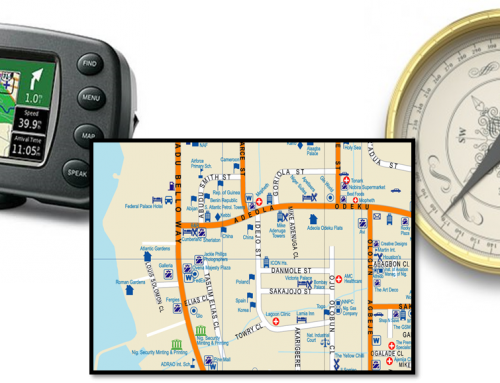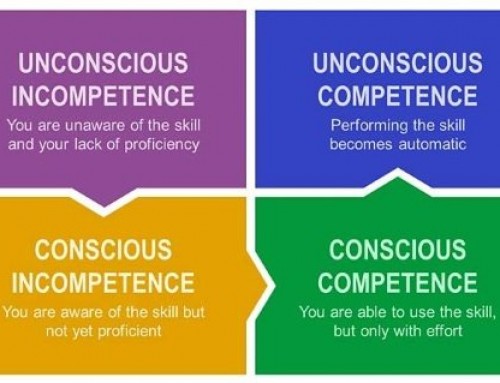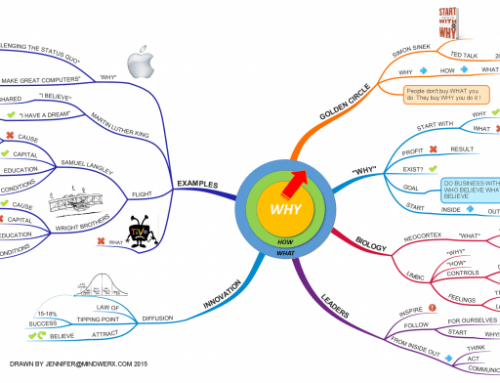Over the coming week I will be building a series of blogs on Innovation in the Australian Public Service, based on a White Paper Mindwerx has done as part of the development of a new program we are offering on this topic.
In this blog we begin by looking at how innovation may be defined.
Since Schumpter’s “creative destruction,” by which old ways and methodologies are replaced with new and creative ways, organisational innovation has been examined in countless studies. For example, the OECD definition of innovation, citing the Oslo Manual, defines innovation as encompassing a wide range of activities beyond research and development, including changes at the organisational level, training, marketing, design, and testing (OECD, 2010, p. 1).
So innovation isn’t simply about purchasing and then adopting a new technology or a new process, but involves a level of dynamism, creativity, and creative thinking. At best it’s observable as a continuous force in the organisation, with set stages within a life cycle. It is a sometimes intangible, fluid quality that utilises creativity and creative thinking, and brings about new behaviours and methods with a specific objective in mind.
It’s important to note that innovation can occur in any part of an economy, including the public service, and within the individual with similar, if not identical stages as in observed in public service innovation. Innovation in the public service may sound like an oxymoron, but through this series of articles, we will examine public service innovation in Australia and demonstrate that, in fact, public service innovation has been successfully implemented in Australia and overseas.
With the ultimate goal of activating innovation, creativity and creative thinking in mind, we can start to understand public service innovation by looking at its different elements. Public service innovation has different dimensions to it. Some studies have differentiated process from product innovation, or the difference between the process of delivering a product and the process in the making of a product. There is also incremental versus radical innovation; or fundamental changes versus adapting existing innovations.
One may also observe an aspect of public sector innovation to be technological (embedded in a type of technology) or organisational (for example, the reorganisation of people or service groups) in nature. Finally, we can observe different dimensions of innovation in the elements that form a public service. Service, service delivery, process, administrative, systemic and conceptual are some of the dimensions identified by overseas researchers.
Clearly, just like an individual’s ability to innovate, public service innovation is multifaceted and dynamic and can be applied broadly across different areas. When we activate the same creative powers within ourselves and broaden our minds to the different ways we can apply innovation, we can harness the powers of innovation as it has been observed in the Australian public service.
In the next blog article, we will take a closer look at some of the drivers of public service innovation.






Leave A Comment
You must be logged in to post a comment.